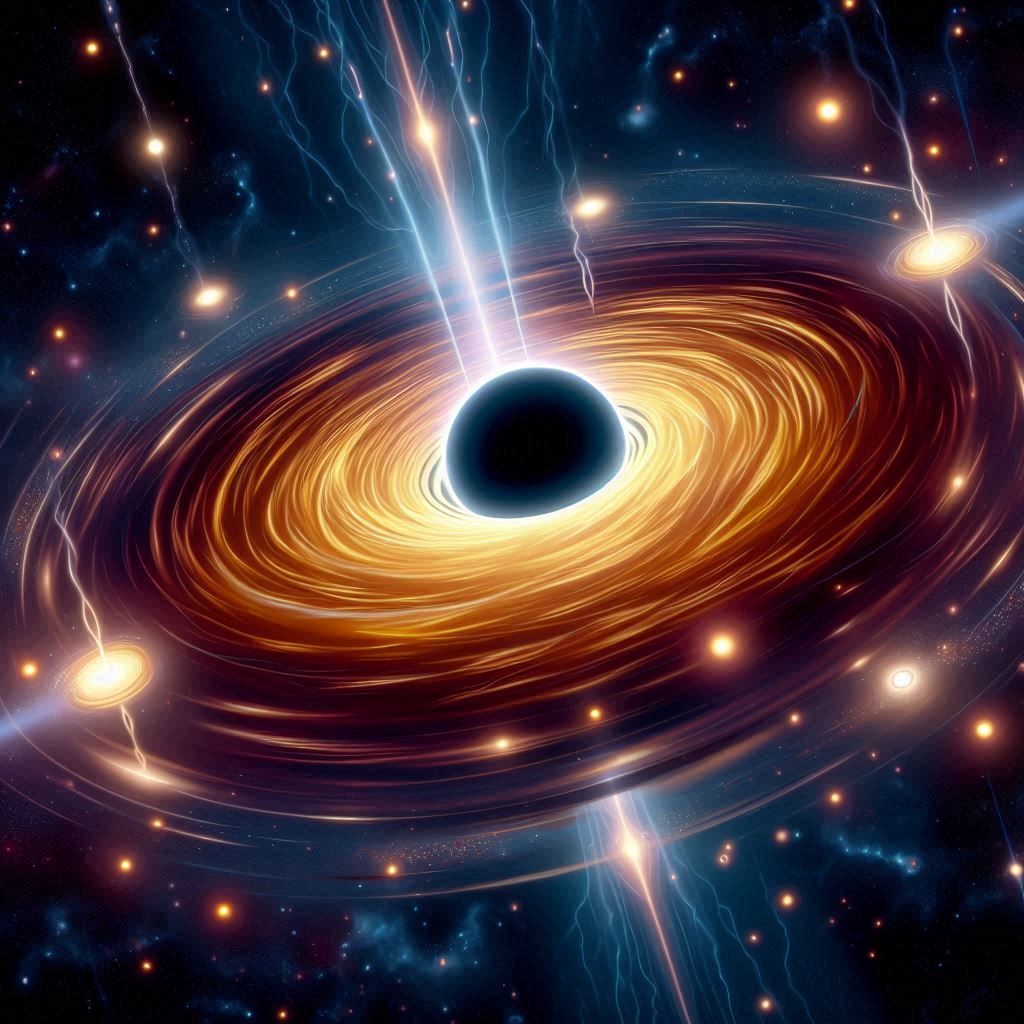Dark matter can produce faint flashes of light when it interacts with extremely small black holes. This suggestion, raised in new theoretical research, may one day help scientists detect and study invisible dark matter.

Dark matter makes up most of the mass of galaxies, but its nature is still a mystery. It impacts other objects through gravity, but doesn’t emit or reflect light, making it difficult to study. Scientists now have only indirect evidence of its existence.
The researchers, in their publication in the arXiv preprint database, have proposed the hypothesis that dark matter can interact with ordinary matter, but this happens under exceptional conditions. black holes, which may have formed early in the origin of the Universe as matter and energy were being compressed into chaos. These black holes are not the remnants of stars, but rather formations of an early cosmic age, whose existence was first hypothesized by scientist Stephen Hawking.
A specific feature of primary black holes is that they evaporate through a quantum process known as Hawking radiation. The smaller the hole, the more intense this radiation. If these black holes exist, they emit various particles, including dark matter particles. During their decay, these particles can energize other surrounding dark matter particles, triggering a chain reaction that can briefly emit visible light.
Scientists predict that these flashes may appear as gamma rays. Although current telescopes are not sensitive enough to detect such signals, it may be possible in the future. For example, NASA’s proposed All-sky Medium Energy Gamma-ray Observatory eXplorer (AMEGO-X) may have the right sensitivity to detect these phenomena.
These new theories offer hope for a new way to investigate dark matter and may open the way to understanding one of the greatest mysteries of the Universe.
We previously reported on how the influence of the fifth fundamental force of the Universe is felt near Earth.
Provided by livescience.com


